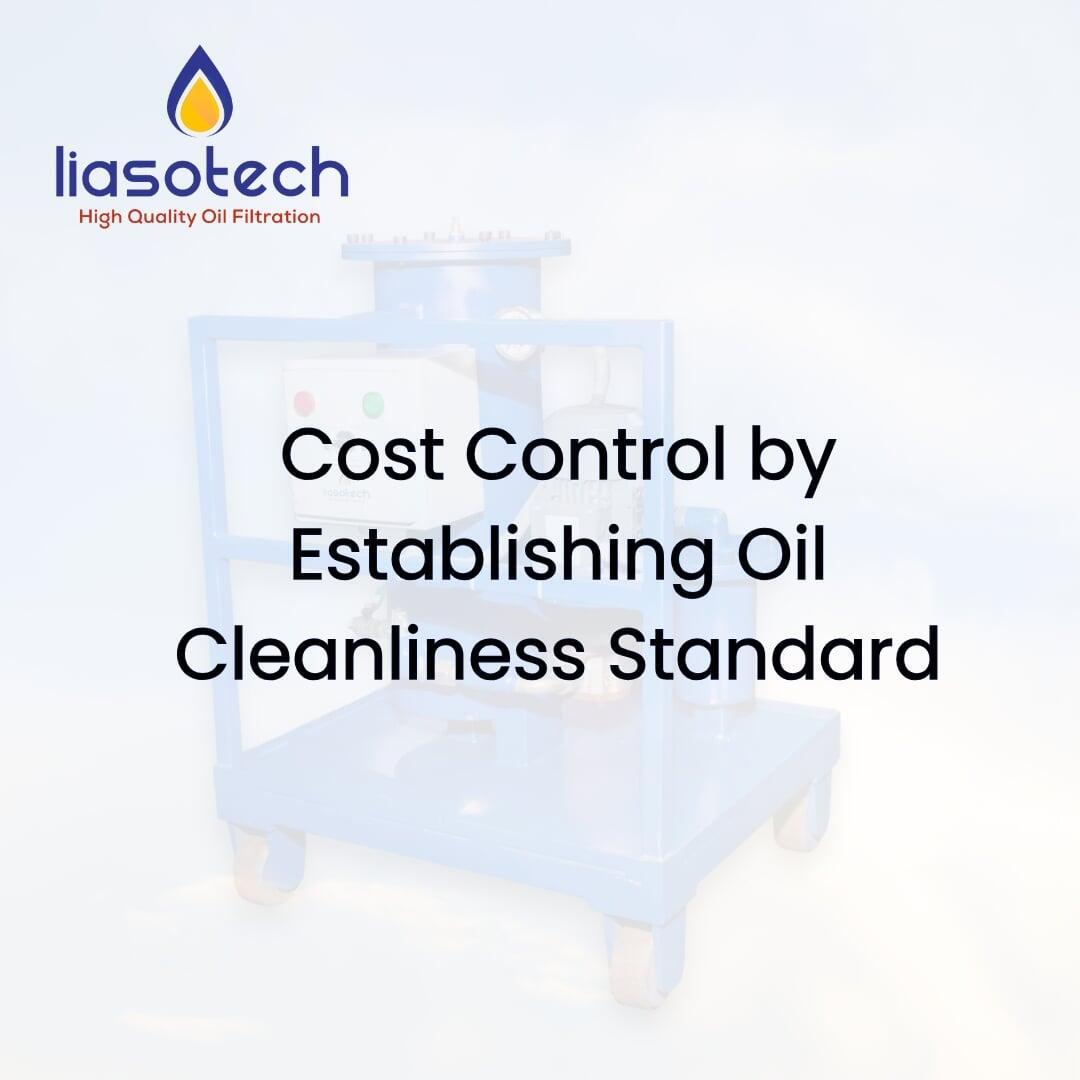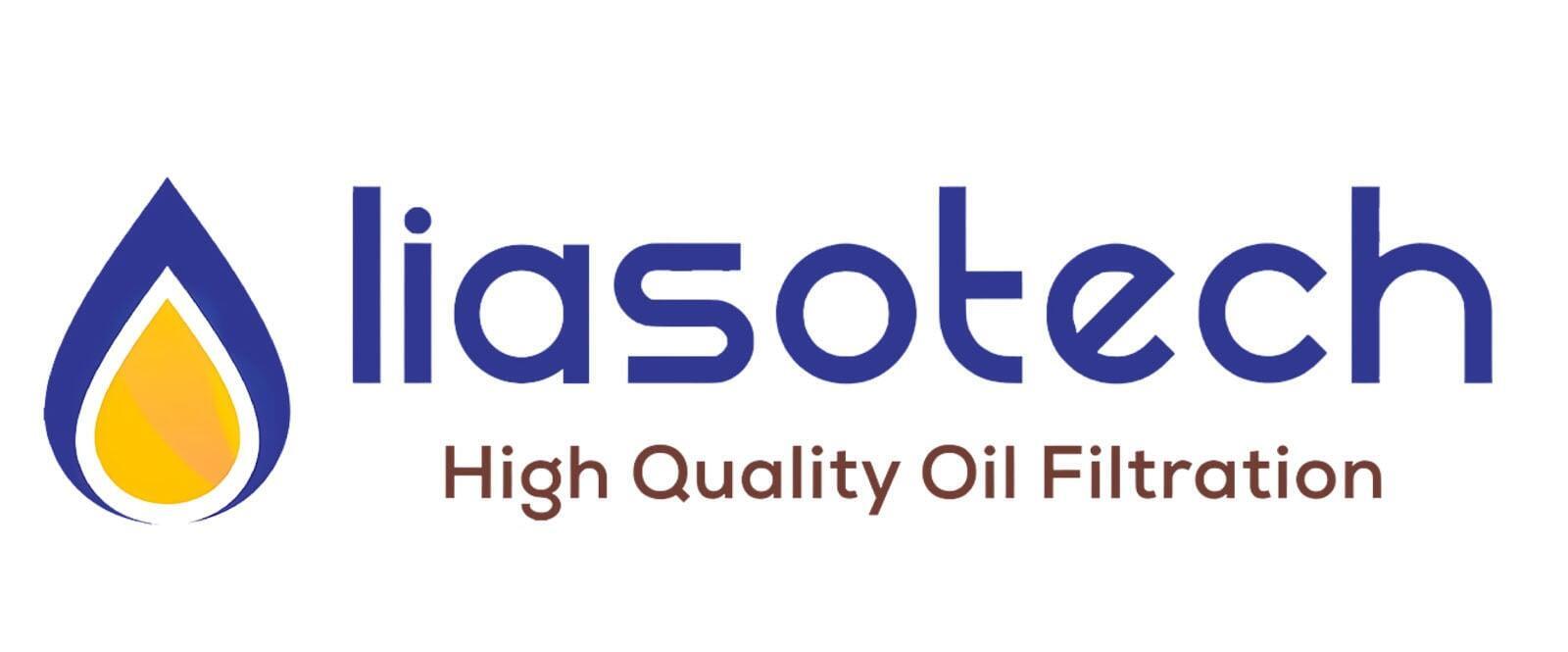
Establishing oil cleanliness standards is a proactive approach that can significantly reduce costs associated with industrial operations. Clean oil extends machinery life, reduces maintenance frequency, and minimizes unplanned downtime, all of which contribute to financial savings. When oil cleanliness standards are implemented, industries can prevent contaminants—such as water, dust, and metal particles—from compromising system performance and causing premature wear or failure.
How Oil Cleanliness Standards Impact Costs:
Reduced Equipment Wear: Clean oil minimizes abrasive particles, extending the life of critical components like bearings, gears, and pumps.
Lower Maintenance Costs: With reduced wear, maintenance intervals are extended, translating to lower costs and fewer production interruptions.
Increased Fuel and Energy Efficiency: Clean oil reduces friction and enhances lubrication, leading to smoother operations and reduced energy consumption.
Extended Equipment Lifespan: Less wear and tear help equipment reach or exceed expected service life, lowering capital expenditure.
Implementing Oil Cleanliness Standards:
Regular Oil Analysis: Routine monitoring of oil quality can detect early contamination, enabling proactive management.
Filtration Systems: Advanced oil filtration systems can achieve targeted cleanliness levels, ensuring contaminants stay within acceptable limits.
On-Site Training and Awareness: Empowering staff to monitor and maintain cleanliness levels promotes a culture of proactive maintenance.
With a targeted approach to oil cleanliness, companies not only control costs but also improve productivity and equipment reliability. Establishing these standards is a strategic investment in both short-term savings and long-term operational success.
